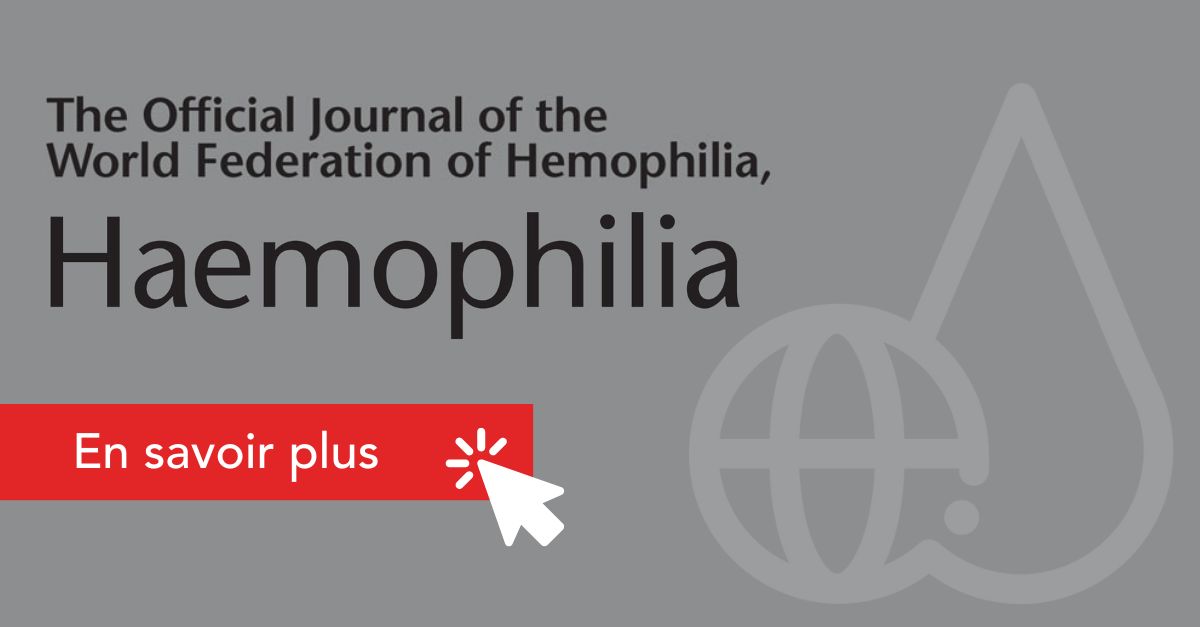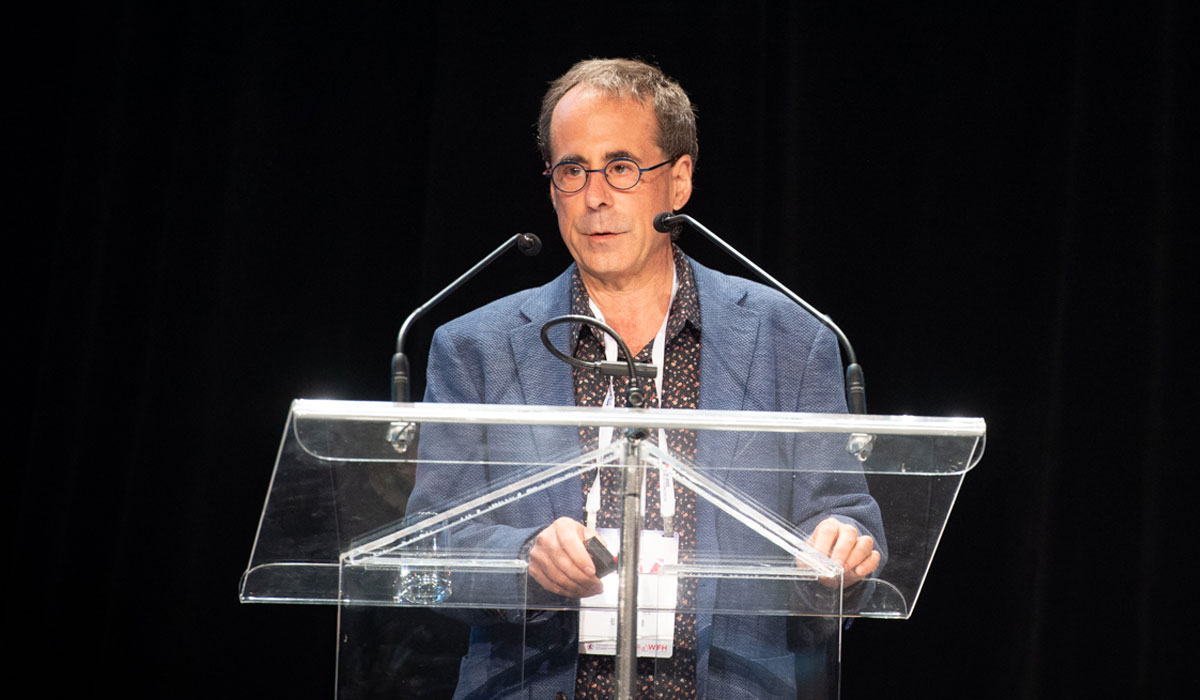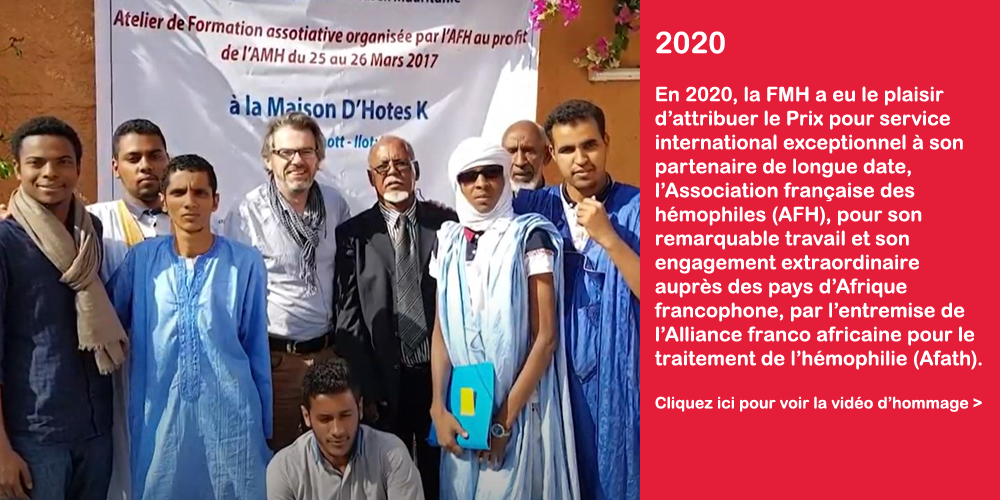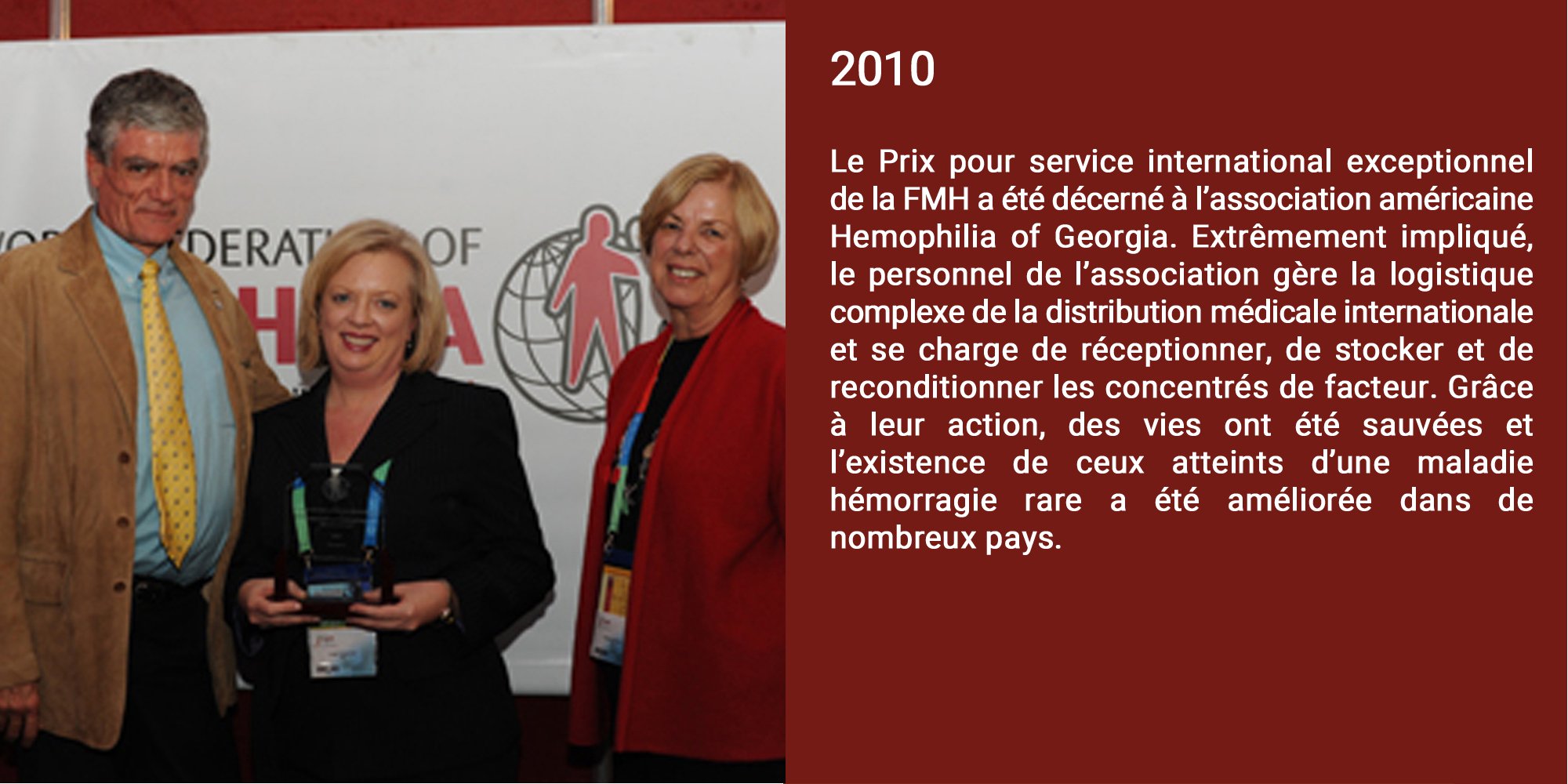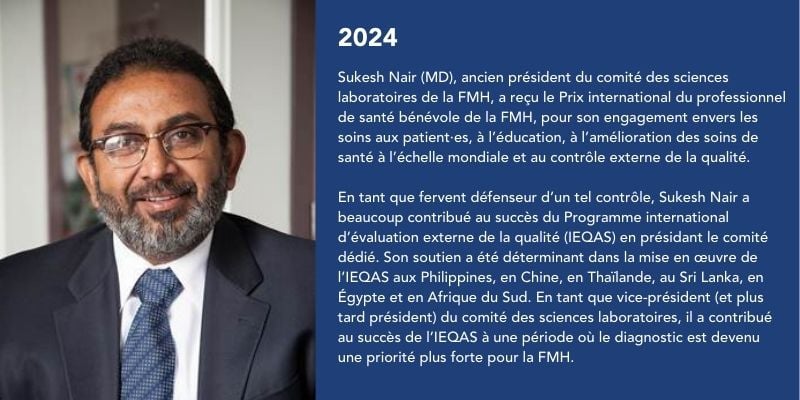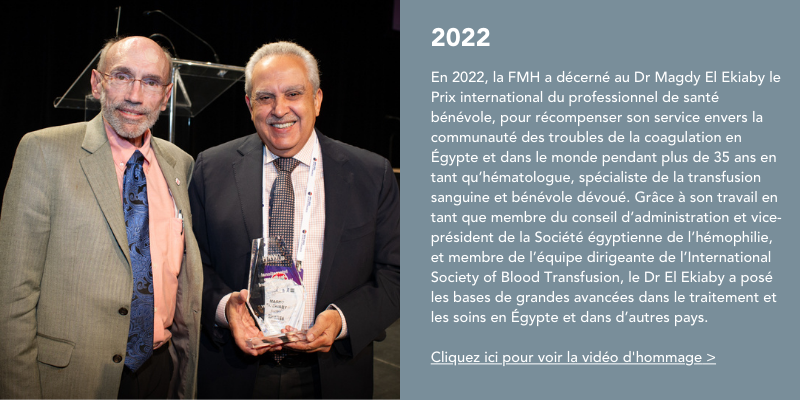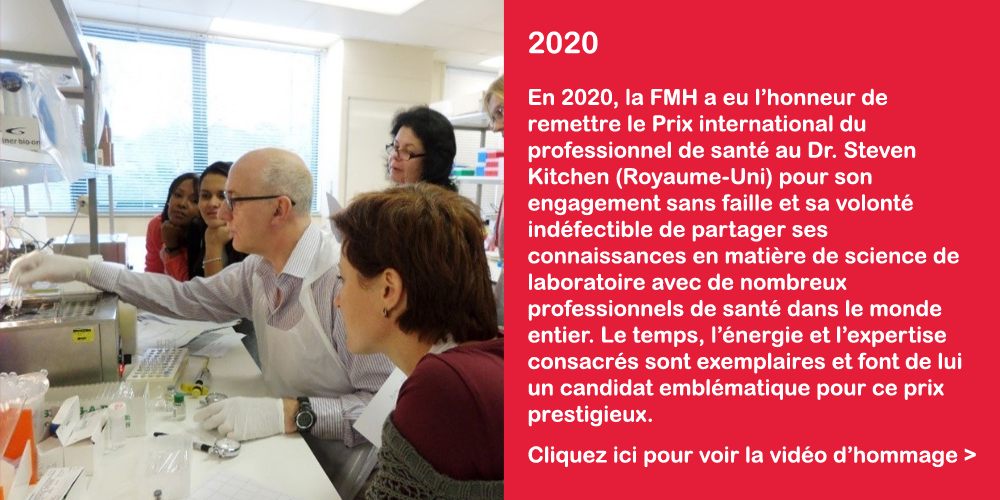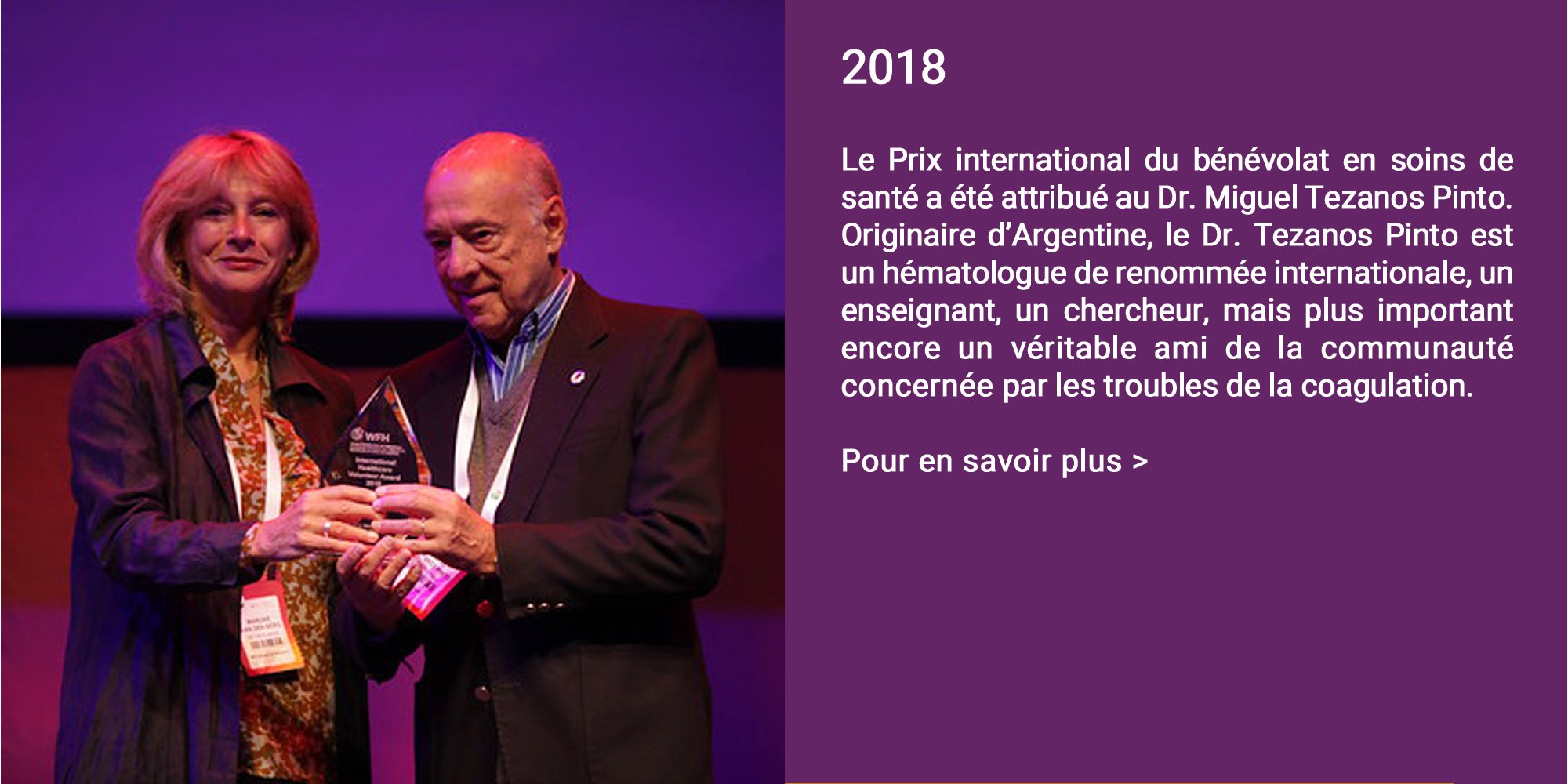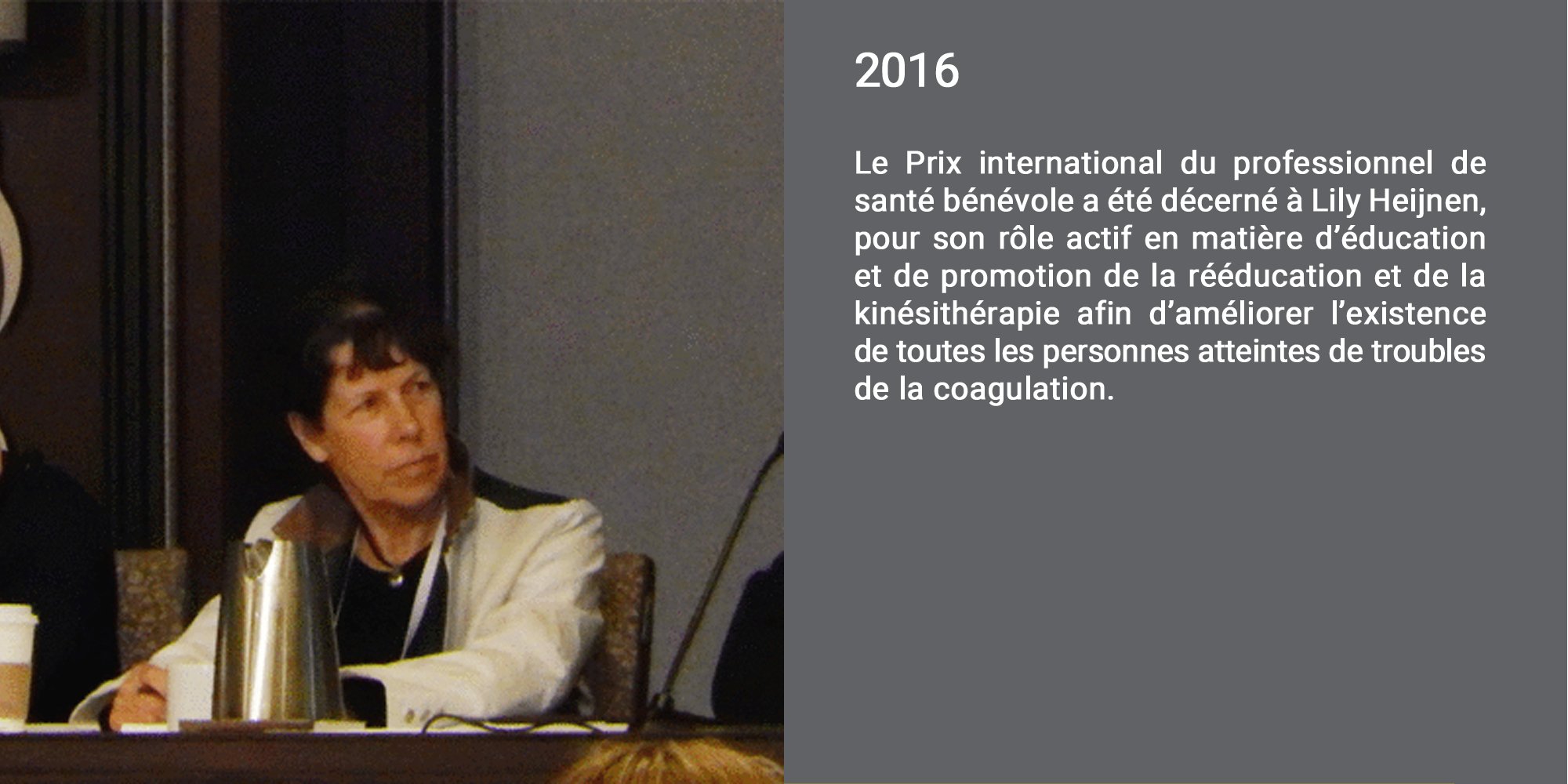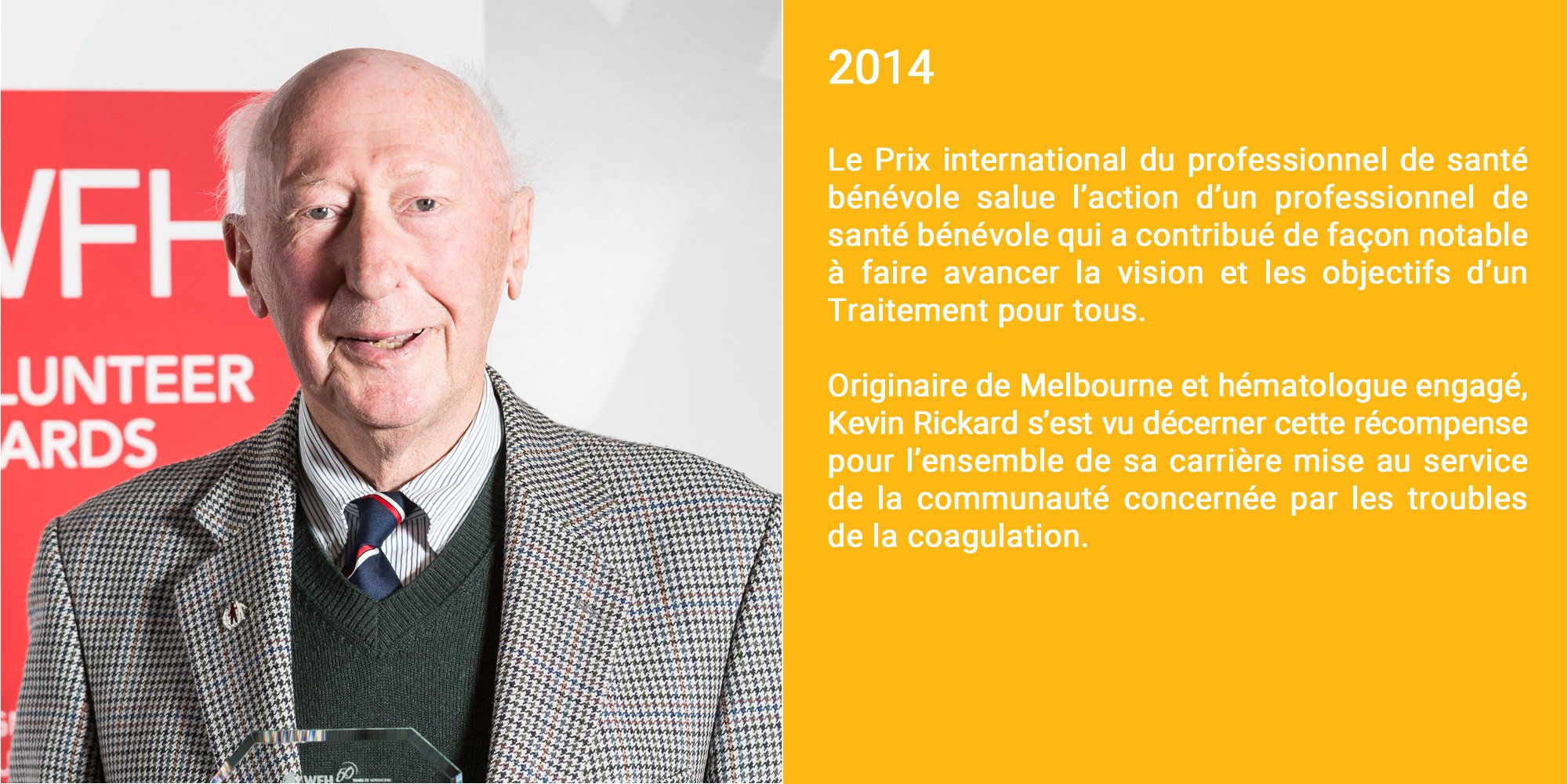Chaired by Mark Kay, Professor of Pediatrics and Genetics at the Stanford University School of Medicine, Stanford, U.S.A, the plenary looked at an important avenue for the potential cure of hemophilia: gene therapy.
Kay began by explaining how viruses have evolved over millions of years to become very efficient at injecting their genetic information into cells. Gene therapy as a field is based on the idea of harnessing this mechanism to deliver therapy. Many different approaches have been taken and many have gotten as far as early phase clinical trials. There are several clinical trials from different companies looking at different approaches now, based on different AAV serotypes: AAV-2, AAV-8, SPK100, AAV-5 and AAV-S3.
He continued to say that technologies for gene editing involve directed changes to the host DNA sequence. There are concerns related to approaches for pinpointing the editing of the genome, such as efficiency, off-targeting, and immunogenicity of the required components.
The major hurdles for gene therapy include the discordance between animal studies and humans. In terms of this challenge, dose-based efficacy; inability to get the same level of “rodent” transgene expression in humans in vivo; safety and immunogenicity, and different immunogenicity are all of concern. Other hurdles are establishing an individual dose-response to achieve a “curative” level of clotting factor variation; the immune response; and the question of are we targeting the wrong tell type (hepatocytes versus liver endothelium). Currently, researchers are pursuing the potential of AAV vectors; novel new vectors from different viruses/non-viral vectors; combining genome editing with gene transfer technologies; and lifelong expression.
Kay finished by saying that gene therapy still offers great potential, but that current therapies should continue to be used. The current issues that remain with gene therapy are the durability of FVIII and the variability of both FVIII and FIX. This makes it difficult to predict what each patient will achieve, and for FVIII, this does not appear to be curative. In the case of hemophilia B AAV, gene transfer may be curative if sufficient FIX is made as it appears to persist.

